A Visit with Ovi Nedelcu
 May 12th, 2015 by jules
May 12th, 2015 by jules

You may have seen this recent Horn Book article by Betsy Bird on illustrators who come from an animation background. Today’s visiting illustrator, Ovi Nedelcu, is one of those, and he’s here today to share artwork and talk about his experiences.
Ovi, a character designer and story artist who lives in Portland, has been working in animation full-time for the past fifteen years for various studios, such as WB, Disney, Cartoon Network, and Sony — but mostly at LAIKA, working on both Coraline and The Boxtrolls. He’s not new to publication—his first published work was for DC comics back in 1998, and since then he’s published a comic book series and has illustrated a couple of picture books—but Just like Daddy (POW! Kids Books), out on shelves now, is his debut as an author-illustrator. It’s the story of one preschooler’s grand perceptions of his father’s day, juxtaposed with the everyday reality of his 9-to-5 job. It’s a warm story propelled by Ovi’s expressive cartoon art.
Ovi also talks about the book below, so let’s get right to it. I thank him for visiting.
The book is basically about the relationship between a boy and his father. It’s a boy’s perception of what it’s like to be a grown-up — and the reality thereof. This is one book I really feel gives both the child and the adult something to enjoy and smile about while reading it. There is a take-away for both.
The idea came to me by just observing things my kids would mimic throughout the day. They would copy things I would do, like fold my legs, push-ups, put on my shoes, etc. My wife would point out how cute it was that they were trying to do things “just like daddy,” and that’s when it hit me as a good idea for a picture book.



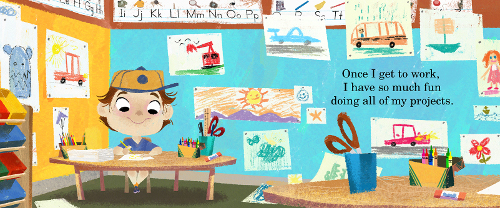
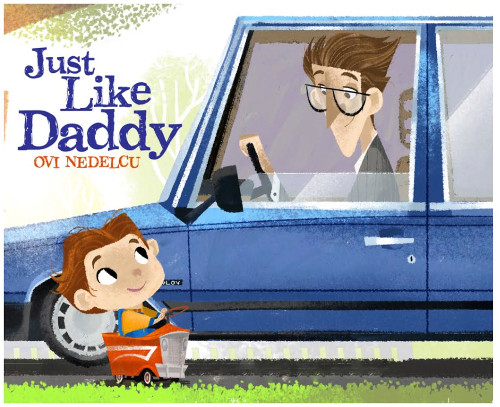
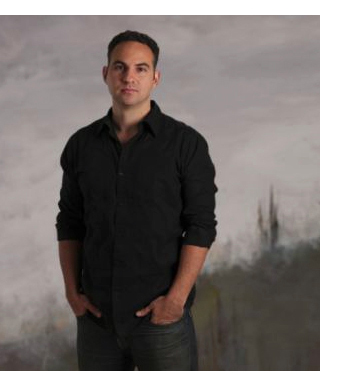 It affects it in a couple of ways, I think.
It affects it in a couple of ways, I think.
One of them is speed. You have to get things done “yesterday,” so you don’t really have too much time to sit around and second-guess yourself too much. You have to go with your gut and just get the work done.
The second thing I learned in animation (from doing storyboards, particularly) is to not be too precious about my drawings initially. I draw probably thousands of storyboards on any given film, and you have to be willing to throw away something you just drew in order to draw a better idea. The whole point is to get the film up in storyboards as fast as you can so you can get it wrong as fast you can and change/fix it. If we spent all our time rendering our storyboards so that they look pretty but don’t really tell the best story in the animation reel (rough cut of the film in storyboards), then we just wasted all that time polishing storyboards we now have to throw out and re-draw.
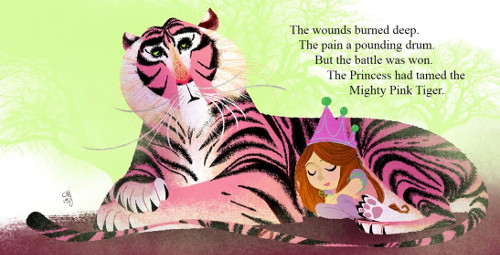
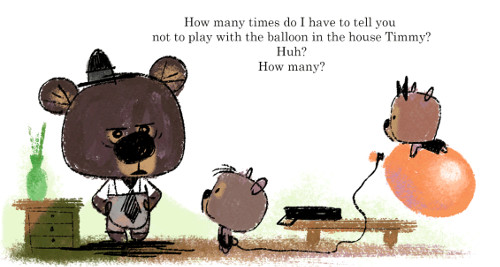
So, to apply that to book-making is great, because I can rough out a book in a day or less and then take a look at it and fix the story structure before I even worry about tones or useless details that will change as the story evolves and gets better. If you spend a lot of time on rendering your sketches or drawings, then you start to become attached to them and it will be harder to toss them out and start over to get a better idea and story across. Remember, story is king. Focus on the story, not the rendering. If the story doesn’t work, the rendering won’t make it better.
I try and focus on the visual story structure, character development, staging, compositions, pacing, and word play — and then add the details and rendering later. If it doesn’t work in a sketch, it won’t work in an illustration. It might look pretty, but there will always be something “wrong” with it. You can’t cover up a story with fancy words the same way you can’t cover up a bad illustration with fancy details.
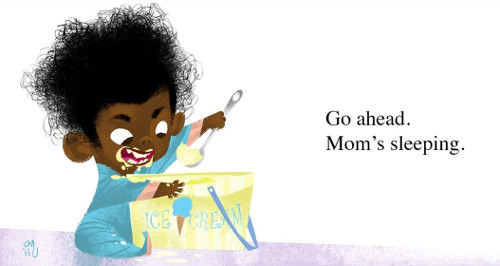
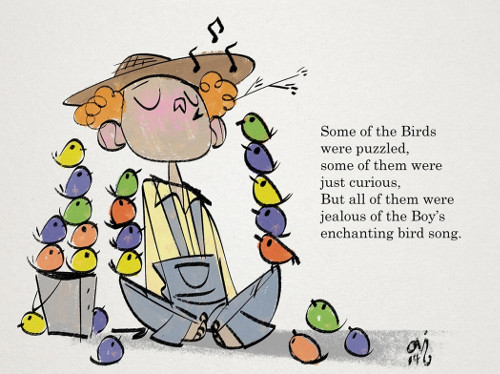
The biggest difference is the complexity and intensity of the story. With a comic book, you get to elaborate on stories and really build things with characters, plot lines, subplots, and story arcs, like you would in a film. With picture books, you basically have to focus on one main theme or story point/issue and try and resolve it by the end. It’s hard to tell complex stories in picture books, because you are only allowed so much room to do so. You have to keep the audience in mind as well, which are kids and then adults. That’s not to say stories can’t have multiple layers of meaning; it’s just you have to really stay focused on that one issue.
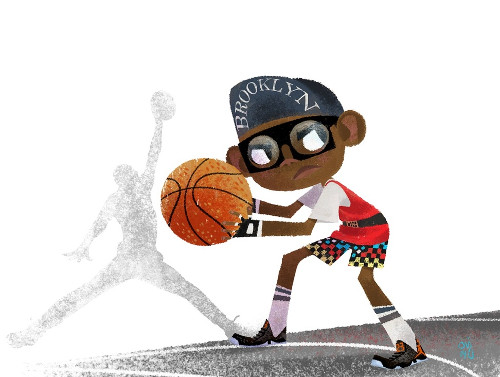
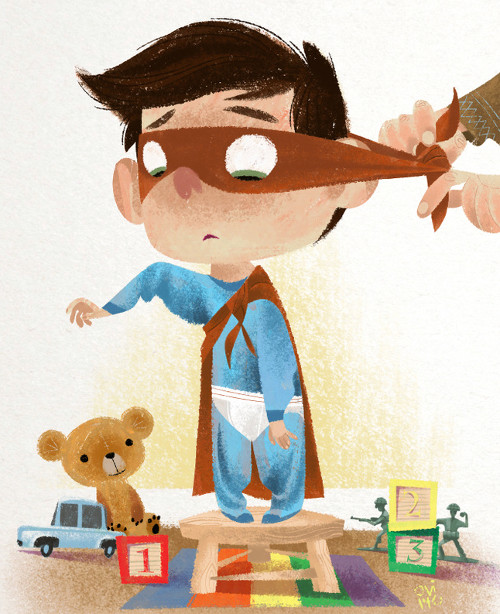
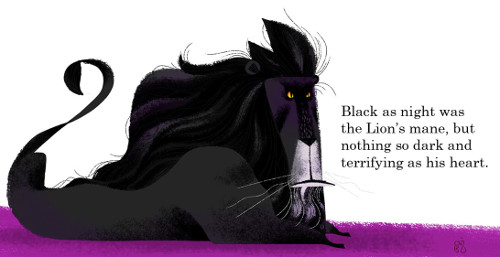
I like using traditional mediums, like pencil, pen, paint, and such. I use acrylic, watercolor, oils, gouache, pastel, and color pencils — but I mostly paint digital, due to time and schedule. I have created a library of digital brushes that reflect the look of traditional media. I also try and paint digitally the same way I would if I was using real brushes, meaning I try not to use too many layers or manipulate the digital painting with effects or filters. I try and respect the process and use the same techniques and steps as I would if I were painting it traditionally, because I never want to lose that hand-crafted look or process to my work. I want to be connected to it as much as possible.

I also sketch in my sketchbook all the time. I always try and have it with me. I like using just a rich ballpoint pen.
The process of illustrating a book is really similar to storyboarding for a film. Once I’m done writing/outlining the book or if I’m illustrating a book someone else wrote, I start to do small thumbnails of the pages. I try and do them as simple (shapes and lines) as possible and not focus on details or rendering. I’m just laying down the basic composition and “feeling” of the illustration and trying to figure out what is the best way to capture the story point and the feeling of the piece. I ask myself questions like:
- What’s the story point/theme?
- What am I trying to communicate to the audience?
- How do I want them to feel?
- What is the feeling of the moment/illustration?
- What are the characters thinking/feeling?
- Why do they feel that way?
- What do the characters want/desire?
- What’s stopping them?
- What’s the conflict/problem/antagonist?
- What does the character learn?
- How do they change/grow?
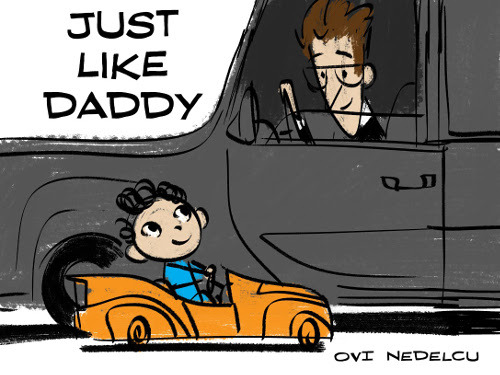
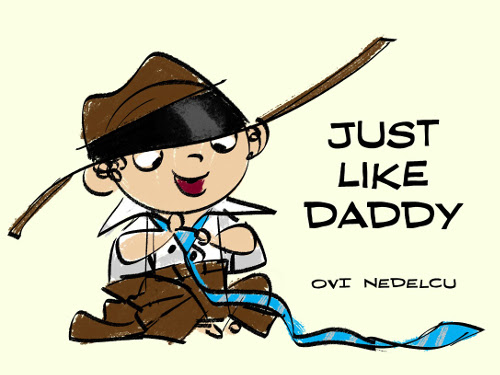
Those are the type of questions I ask that inform what I put down on paper.
I try and use compositions and body language/gesture/silhouette, etc. to communicate the story point visually.
Speaking of, I also do my thumbnails in my sketchbook or on paper. I try and stay away from the computer as long as possible.
After I have my pages roughed out, I enlarge them to print size on the computer and digitally I go back and do a second pass over them and clean things up a bit. This is essentially my under drawing and what I paint over once I finish cleaning it up a bit. I try not to clean the drawing up too much, because I want there to be a bit of play and back and forth between the drawing and the painting so that the process still feels organic and hand-crafted as much as possible. I want the under drawing to be “clear” but not “clean,” meaning I want the pose or gesture to clearly read and communicate the idea — but I don’t want the drawing to be cleaned up to the point where it’s stiff and lifeless.
Once I start painting, I like to block in my BG, MG, FG with my color scheme. Then I go back in and paint BG to FG using only a few brushes. I don’t do any black and white value studies, I just go right into color and try and do the values with the color. Once I have all the basic shapes and forms painted in, I go back in and do a final detail pass over the illustration and try and emphasize the focal points.
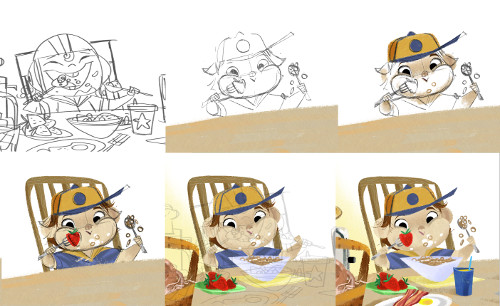
JUST LIKE DADDY. Copyright © 2015 by Ovi Nedelcu. Published by POW! Kids Books, Brooklyn. All images here reproduced by permission of Ovi Nedelcu.
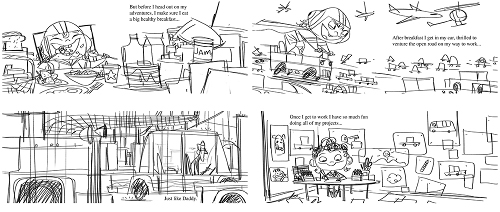

[…] http://blaine.org/sevenimpossiblethings/?p=3739 […]
So great seeing the process in such detail, and such a fantastic result.